SpotlightBaselworld 2018: The Year’s Biggest Trends In Watches
Skeleton displays, treated metal, innovations in ceramic and the colour blue ' here's a look at trends that dominated at the world's biggest watch fair, effectively becoming the most significant trends that will be seen worldwide over the next one year
May We Recommend
Every year, what we see at the Salon International De La Haute Horlogerie (SIHH) in January is often an indicator of the trends that unfold in Basel, when the doors to Baselworld open in March. The products unveiled at the world’s largest watch and jewellery show establish the official trends of the year. And what we see at Baselworld is largely what is seen in watch stores and catalogues worldwide during the rest of the year. Most of the new watches did reinforce some of the bigger trends from SIHH, while others presented some completely different looks. One thing was certain that all brands have been looking for ways to showcase the best of what they do and in the best way possible.
To pre-order any watch featured below, please call +91 8725028890
These days, with the popularity of the smartwatch, which has increasingly become a significant part of people’s lives, the big question that was asked by many at Baselworld was what the smartwatch means for the analogue watch industry. “If anything, the Apple Watch is actually helping the watch industry by making the wearable timepiece popular again,” said Jean-Claude Biver, the CEO of TAG Heuer. “A lot of people had stopped wearing watches, only looking at their phones to check the time, and the phone had become like a pocket watch,” he explained. “But that is changing now, with smartwatches bringing wristwatches back in style.” While that may be true, some makers of high-end mechanical timepieces have, in recent years, decided to join the league of smartwatch makers. This year, Hublot was one of them, as it presented the new Big Bang Referee – a special 2,018-piece limited edition for the 2018 FIFA World Cup in Russia – as official timekeepers of the international football tournament. Yet, even for Hublot, it was essential to show their true strength – their expertise in creating mechanical watches.
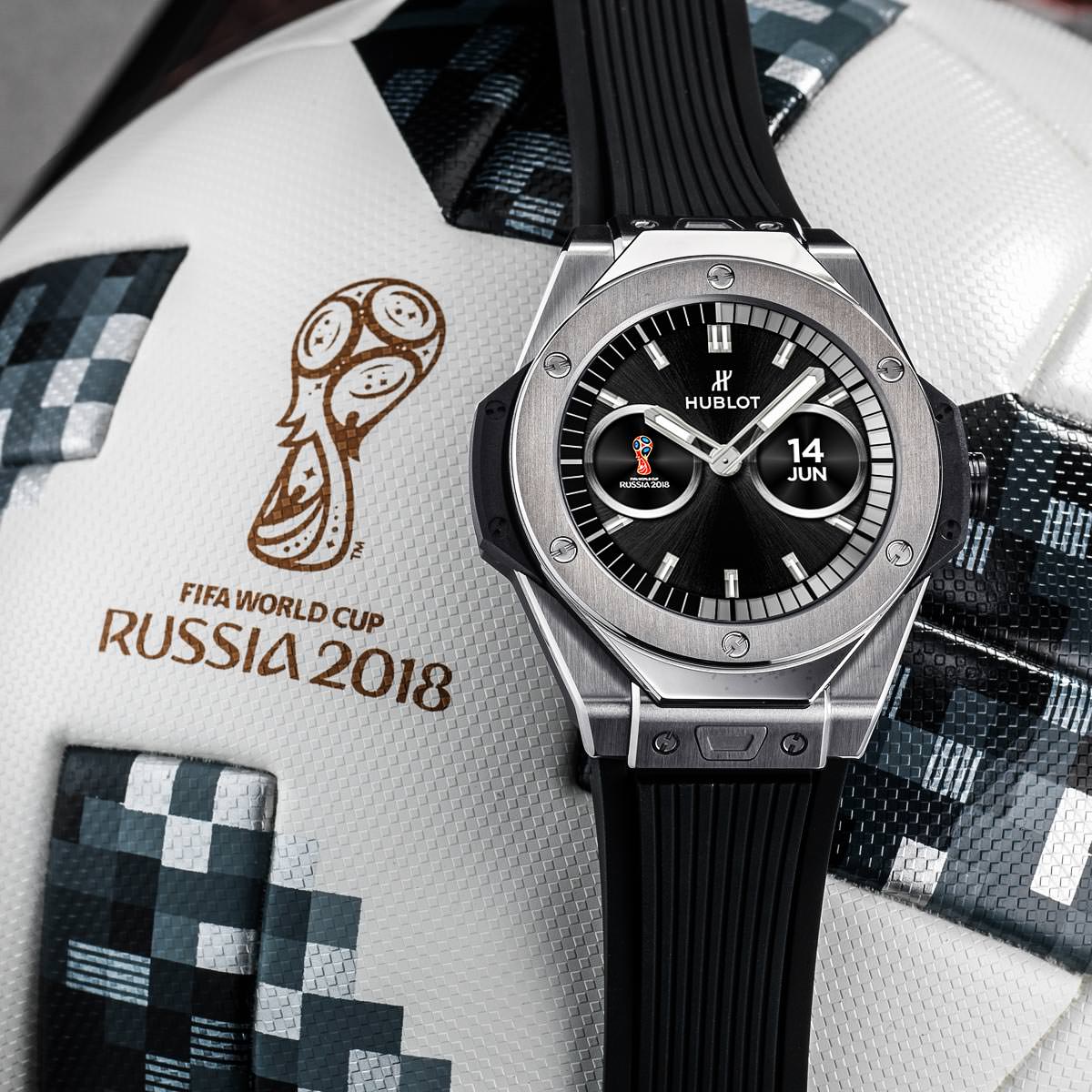
Baring It All: The Skeleton Display Grows Stronger
A major highlight of Hublot presenting what they excel at was showcasing the movements powering their timepieces. A skeleton display was seen on their Big Bang MP-11 timepiece in an off-centred dial and in the new Big Bang Unico 42mm. Even their flagship watch of the year, the Big Bang Unico Red Magic had an open-worked display. However, baring it all with absolute transparency was the sapphire crystal case of the Big Bang Tourbillon Sapphire.
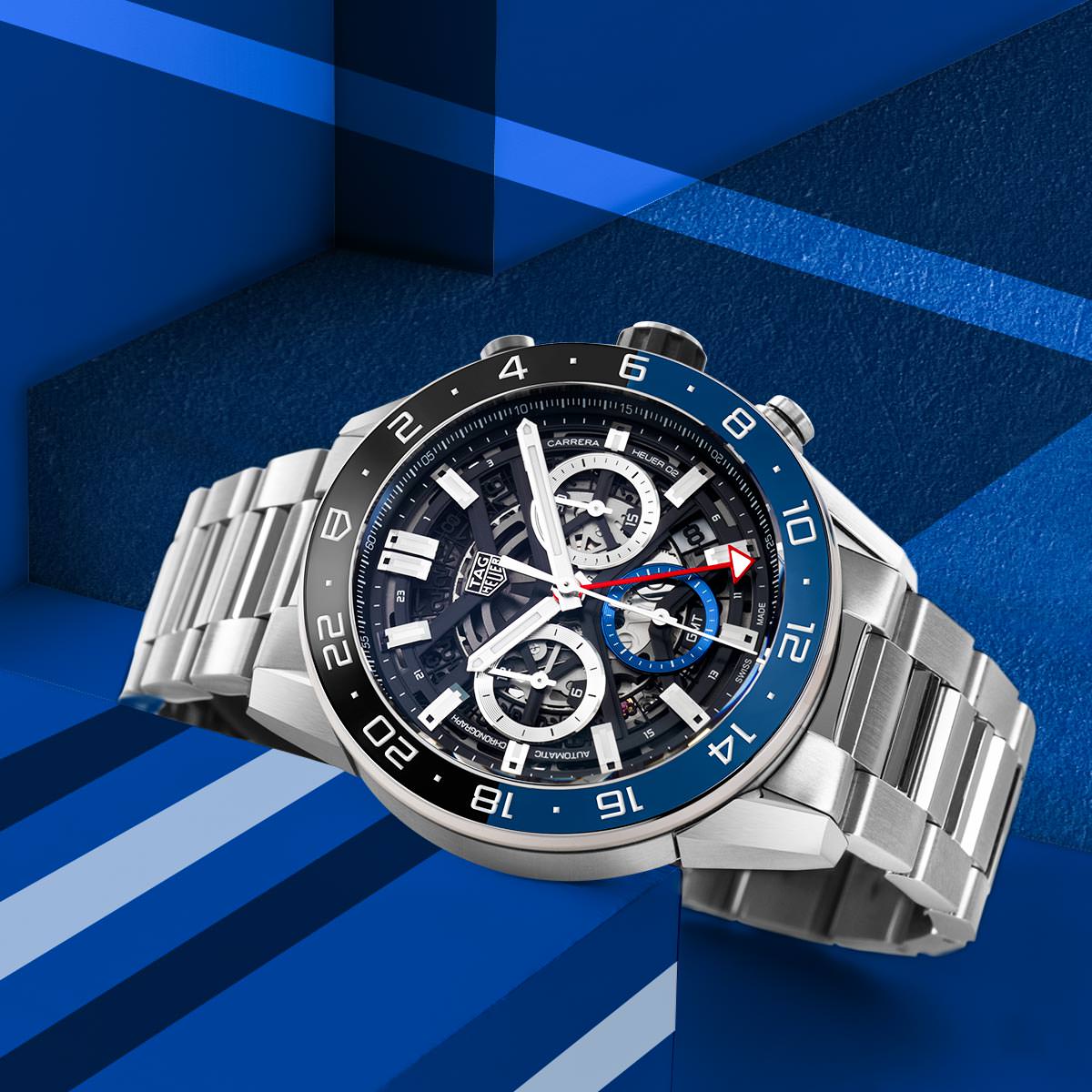
Another sporty series that had multiple skeleton versions was the TAG Heuer Carrera. The Heuer 02 GMT showcased the Heuer 02 chronograph calibre from between the bridges of its skeleton dial – a design like the one seen in the Carrera Manchester United and Senna timepieces. The framework was also used on the face of the Carrera Chronograph Tourbillon Chronometer, giving beholders the illusion of seeing more than just the tourbillon cage of the ‘Tête de Vipère’-certified movement.
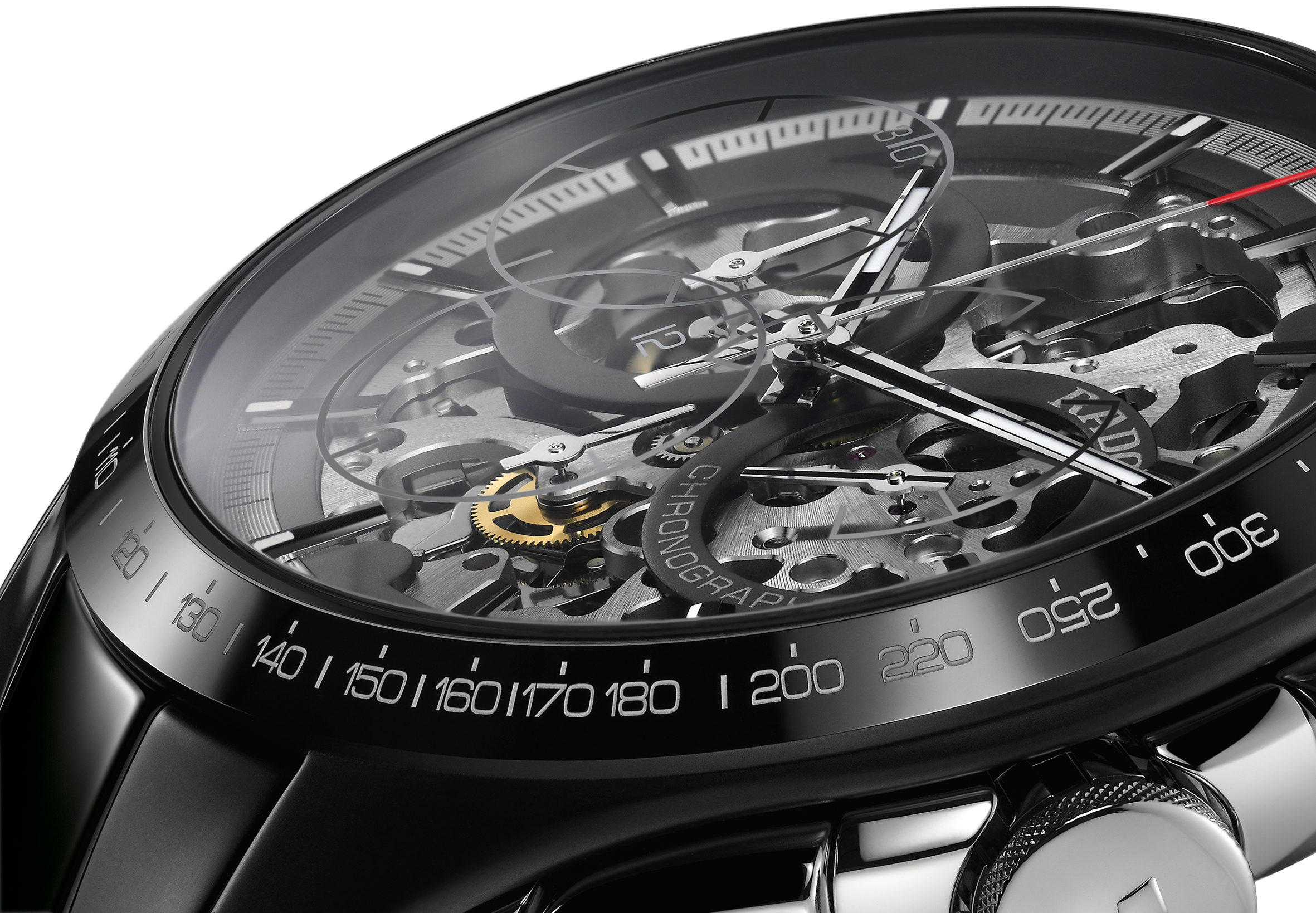
And speaking of movements to be proud of, Zenith showed some skeleton versions of their Defy timepieces, especially the Zero G watches, flaunting their revolutionary new oscillating system that runs the mechanism. “The Defy series for Zenith is going to be what the Big Bang is for Hublot,” asserted Biver, who is also the president of the LVMH Group’s watch division, which includes Zenith and Hublot. Of course, if a brand creates a mechanism that is theirs, there’s no doubt that it gives them a bigger reason to present a skeleton watch, which is exactly what Raymond Weil did, with their first in-house calibre. Introduced last year, the RW1212 was seen this year in the new Raymond Weil Freelancer RW1212 Skeleton in more detail than before. And then there were brands that simply wanted to show their movements encased in innovative material, such as high-tech ceramic, as seen in the Automatic Chronograph Skeleton Limited Edition, one of Rado’s new offerings in its HyperChrome series.
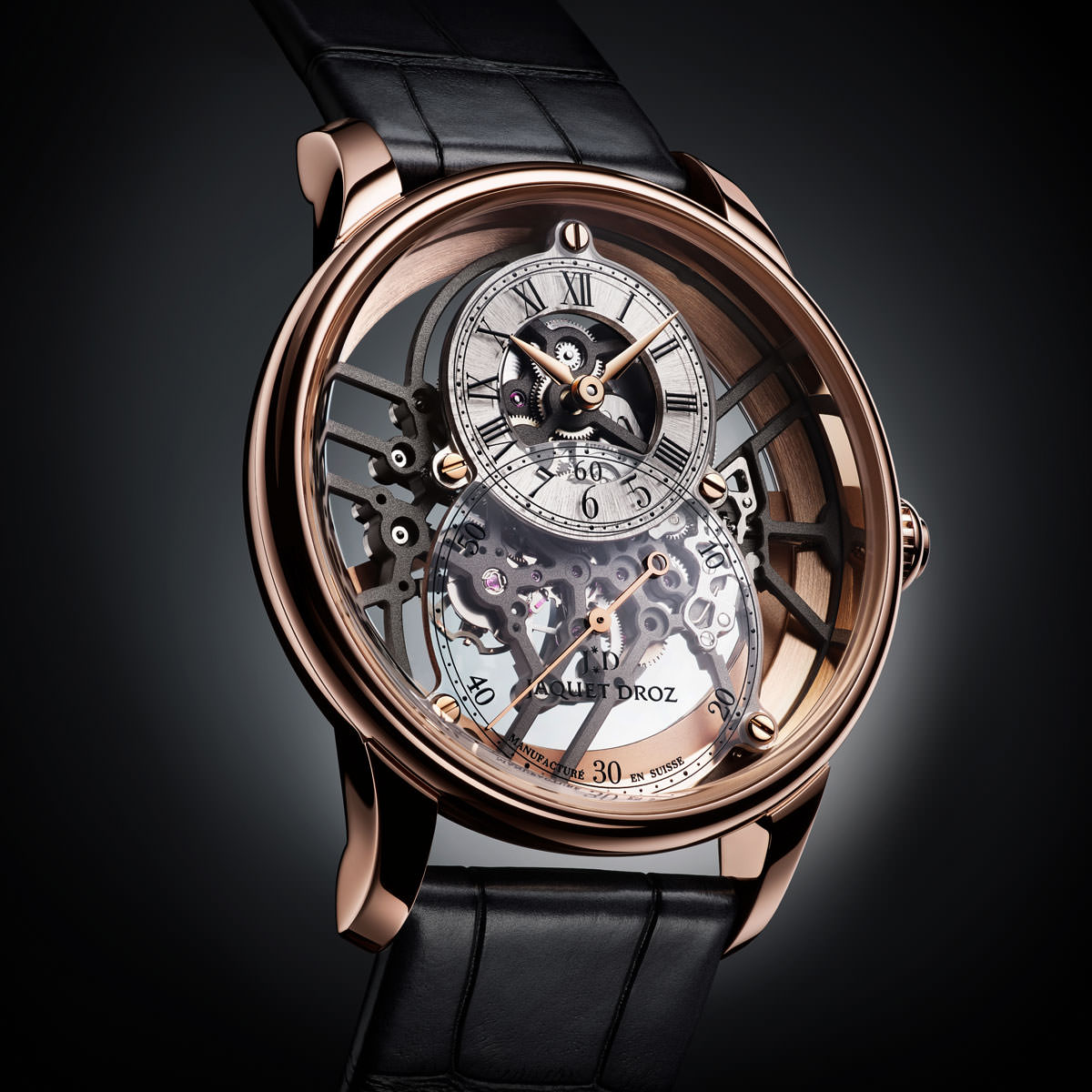
Skeleton displays even made their way into more classic watches from brands that aren’t expected to go this way. Jaquet Droz, known for classic and refined timepieces and unaffected by industry trends, presented their first-ever skeleton watch, the Grande Seconde Skelet-One. A brand that you do expect skeleton watches from is Corum, which presented new versions of their Golden Bridge skeleton display watches. But what caught our attention was the terrific new avatar of the Admiral series, which gave us a splendid view of the mechanism beating within their titanium cases, along with brilliant hues on the skeletonised date disc. Seen in red, yellow and blue, it was among those watches that used a lot of colour.

Blue: The Colour Of The Year
Every year, one always sees a lot of one colour or the other. But this year, the amount of blue we’ve seen has been so overwhelming that we can definitively call blue the colour of the year. It was seen across brands’ offerings and in not just classic elements such as blued steel hands and cabochons on crowns. Longines took pride in their brand colour, presenting blue versions of several of their watches – La Grande Classique, the Elegant, the Record Chronometer and the Conquest V.H.P.
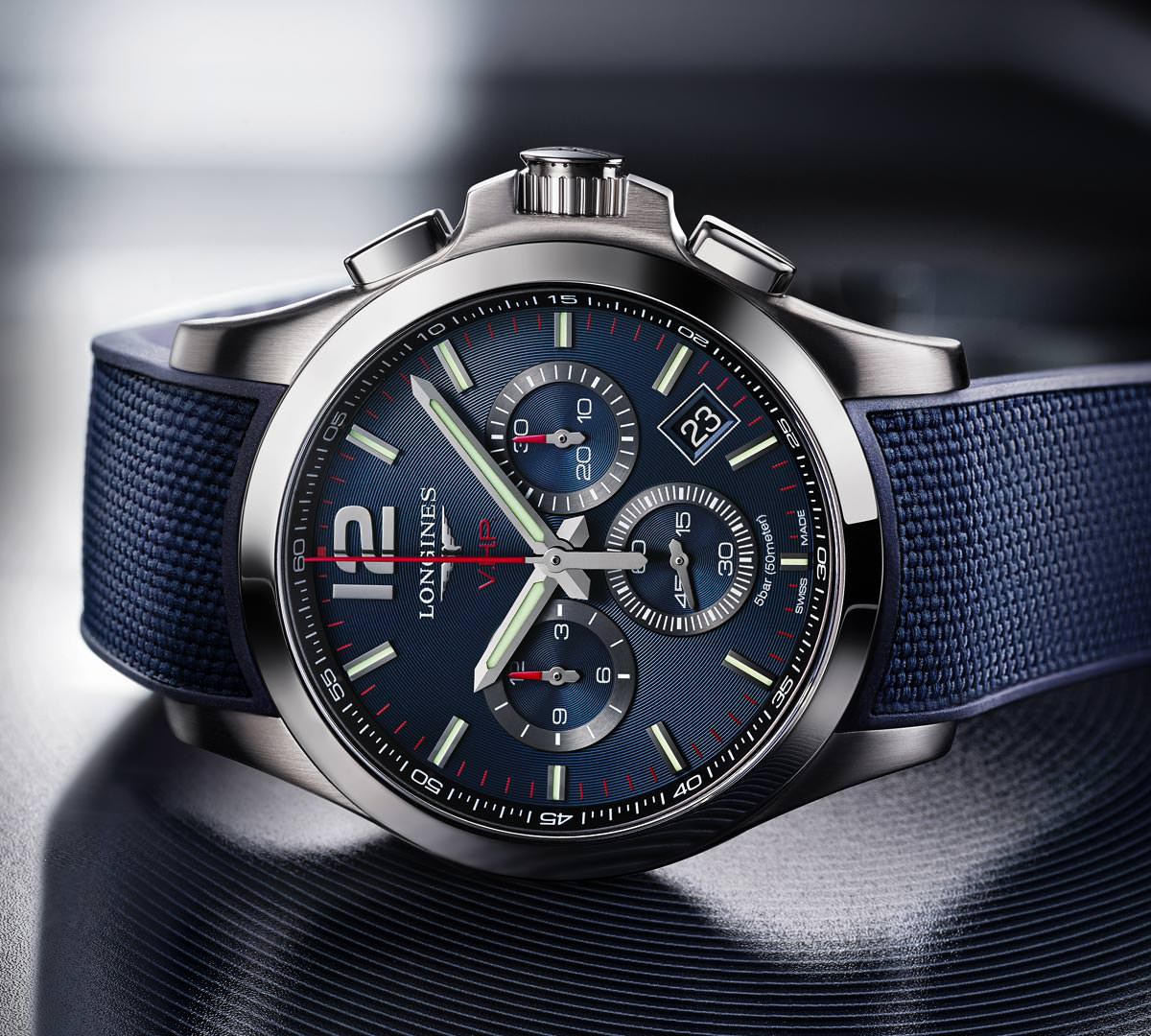
Dials and straps in blue were aplenty. Even Olivier Bernheim, president of Raymond Weil said, “Among a lot of steel and gold, and mechanical movements, there’s a lot of blue this year.” Raymond Weil showcased their new Maestro Blues watches, inspired by Blues music, evidently with blue leather straps and textured blue dials. Even Frederique Constant chose to include a blue version in the range of their first Hybrid watches that feature mechanical movements along with smartwatch features.

Hublot presented their Classic Fusion Chronograph Berluti with a blue dial, and a blue Berluti strap in its signature patinated leather. Even Zenith’s only Defy timepiece, which didn’t have a skeleton display, was revealed in blue. Seiko presented a new version of their classic Presage watch, with a textured enamel dial, made with grand feu enamelling, in blue. While Omega released a blue version of their Seamaster Diver 300M, even the Carl Brashear, Oris’ flagship diver’s watch, featured a blue dial juxtaposed against a bronze case and brown leather strap. Contrast was key even in Breitling’s new Navitimer 8 and updated Navitimer 1, both featuring blue dial versions.

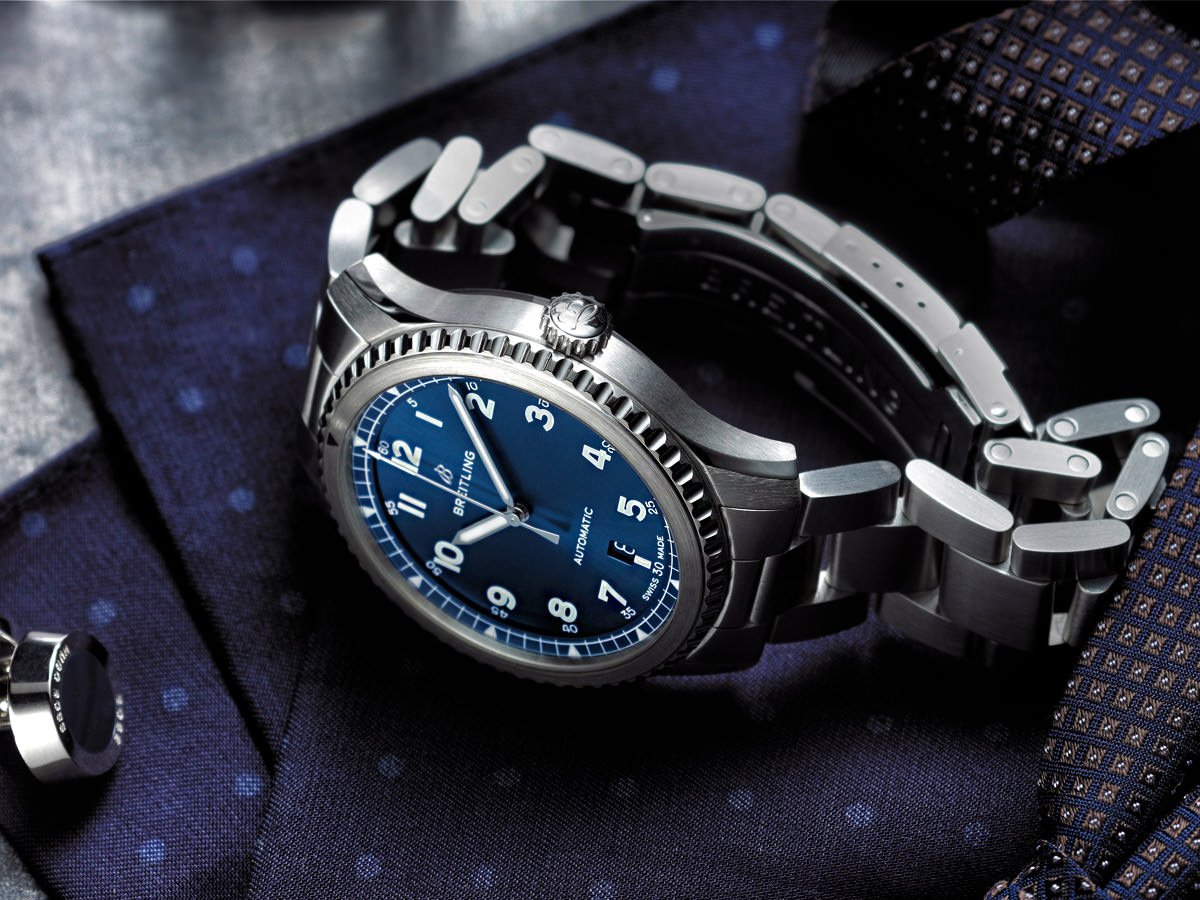
Moving from aviation to motor vehicle-inspired watches, Nomos’ big new release, the Autobahn watches, inspired by automobiles and the German Autobahn, also included a blue version of its convex dial and small seconds counter. And then there was TAG Heuer with their new Carrera Calibre 16, presented in blue, while even their Formula 1 and Monaco Gulf editions featured a lot of blue. TAG Heuer was, in fact, one of those brands that took blue beyond the strap and dial, with the Carrera Chronograph Tourbillon Chronometer housed in a 43mm ceramic case in blue. Even Rado presented a blue ceramic case in an all-blue version of its new True ThinLine watches inspired by nature. With all of this, there could be no doubt that blue is the colour du jour.
Innovations In Ceramic
Rado presenting ceramic watches is unsurprising as they have been pioneers in the use of ceramic in watchmaking. Yet, they find ways to innovate with ceramic. They used high-tech ceramic, this year, in their True ThinLine and HyperChrome series. The latter of the two also included versions in ultra-light high-tech ceramic, resulting in extremely lightweight watches. And there were the Rado DiaMaster Ceramos timepieces, which combined ceramic with metal in a 90-to-10 ratio, for extremely durable cases, with a true metallic sheen.

This year though, Rado was not the only brand that took ceramic in watches to the next level. Hublot presented their newly developed high-tech ceramic, which can be realised in vibrant hues, as was evident in the new Hublot Big Bang Unico Red Magic. “The vivid red ceramic that we’ve used is a world’s first, achieved by extensive research and development,” declared Ricardo Guadalupe, CEO of Hublot. “Pigments used for colour are generally fragile and often get burnt with the heat used in the ceramic manufacturing process.” Ceramic was also the material of choice for the Classic Fusion Aerofusion Chronograph Orlinski – watches designed for Hublot by sculptor and artist, Richard Orlinski.
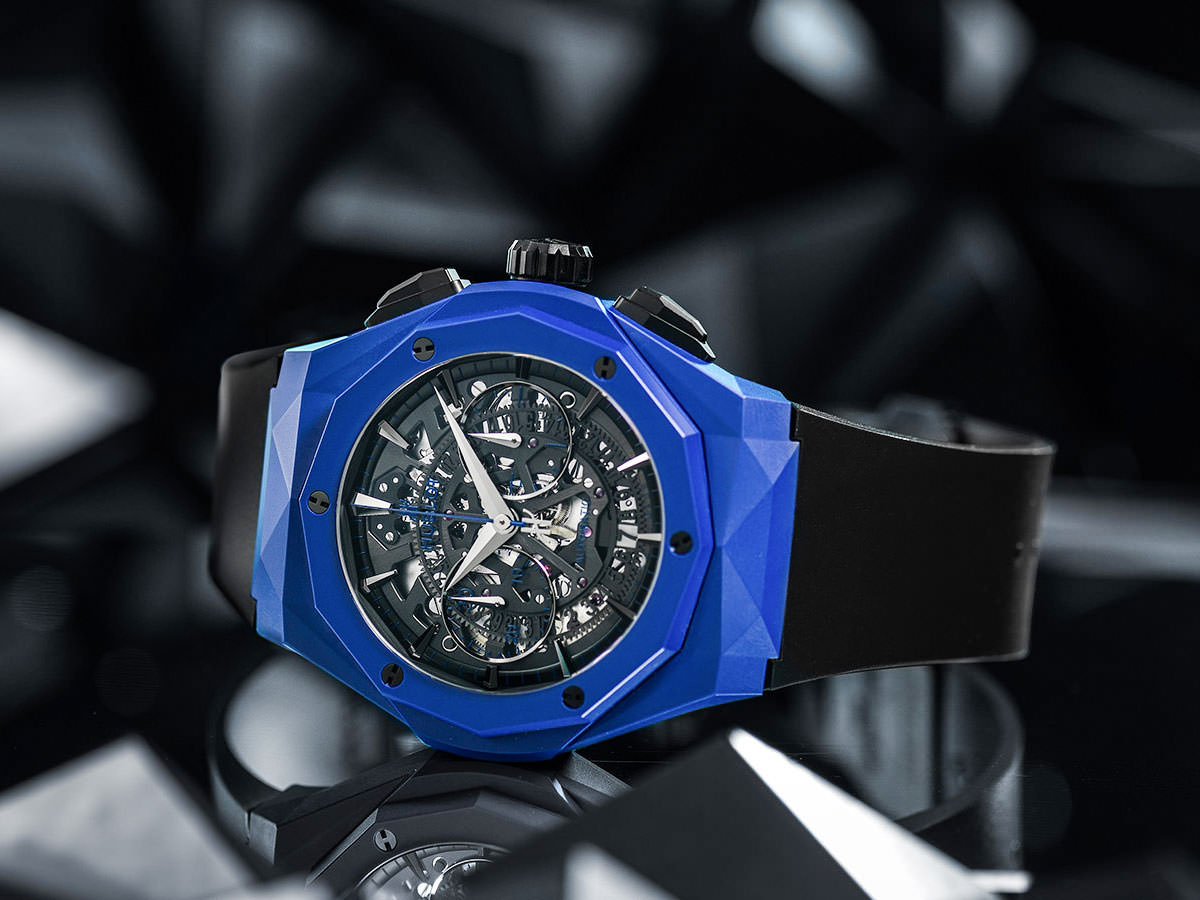
Ceramic was also used widely in watches where you’d least expect them. And I’m not talking about ceramic in bezels of watches such as the Rolex GMT-Master II, or certain Hublot watches, or the TAG Heuer Carrera Aston Martin edition. Cases of extremely sporty watches that you’d probably expect to only be in metal were also built with ceramic. One of the best examples of these is the TAG Heuer Carrera Chronograph Tourbillon Chronometer Tête De Vipère built in a sturdy ceramic case. And of course, there was the gorgeous, new Omega Speedmaster Dark Side Of The Moon – a tribute to NASA’s Apollo 8 mission – set in an extremely durable 44mm black ceramic case.

Steel Goes Over To The Dark Side
Like the Omega Dark Side Of The Moon, there were several other dark watches this year, and not necessarily made out of ceramic. We saw a lot of treated metal; whether it was PVD (physical vapour deposition) or DLC (diamond-like carbon) treatment on various metal cases and other elements. Movado, who showcased their products outside Basel this year, presented their new Museum Classic case design in PVD-treated steel, which was also seen in the Museum Sport edition. Longines used PVD-treated steel in their Conquest V.H.P. chronograph, as well as in a new edition of the Legend Diver watch, where it was necessary for its stunning, all-black look.
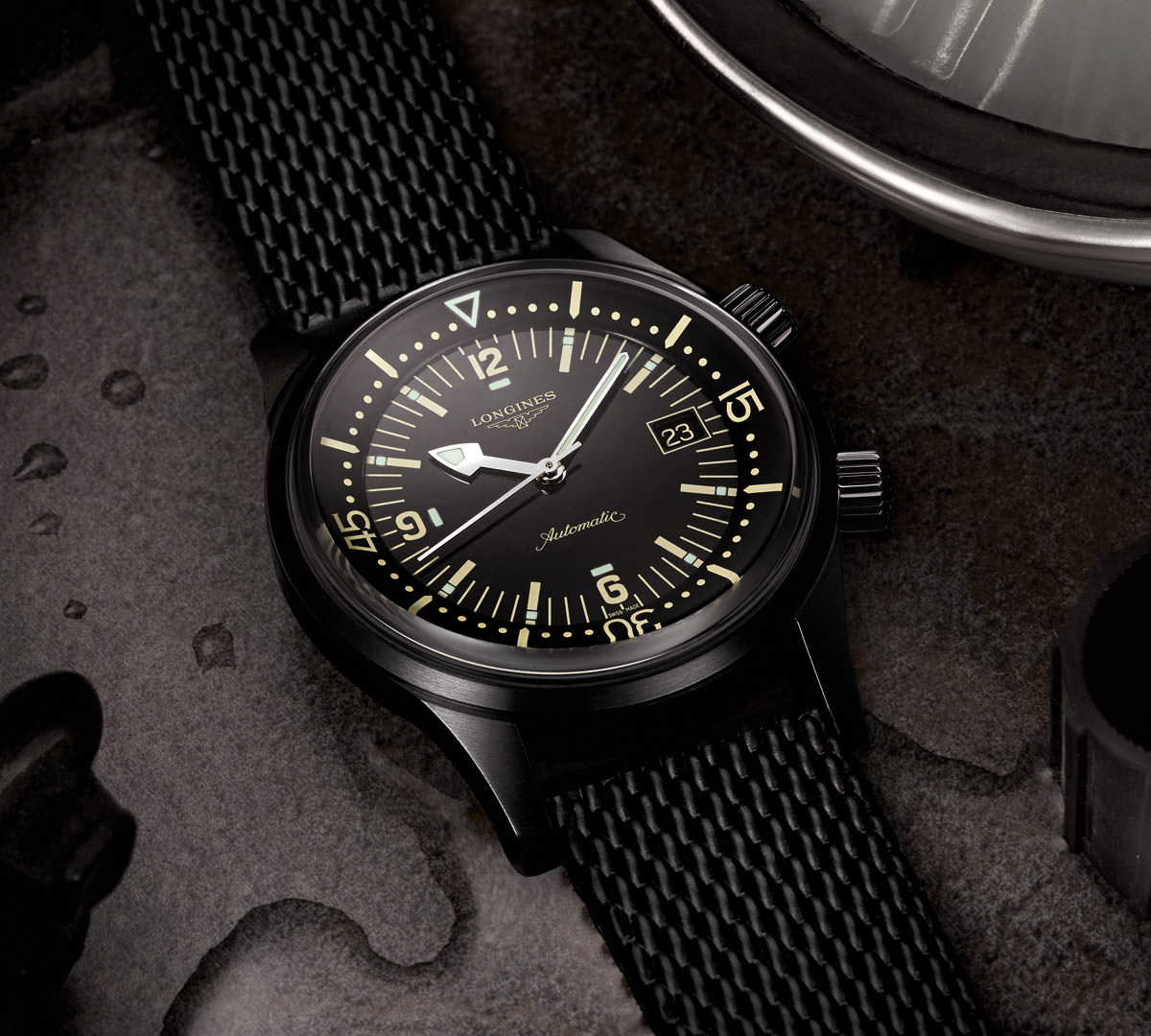
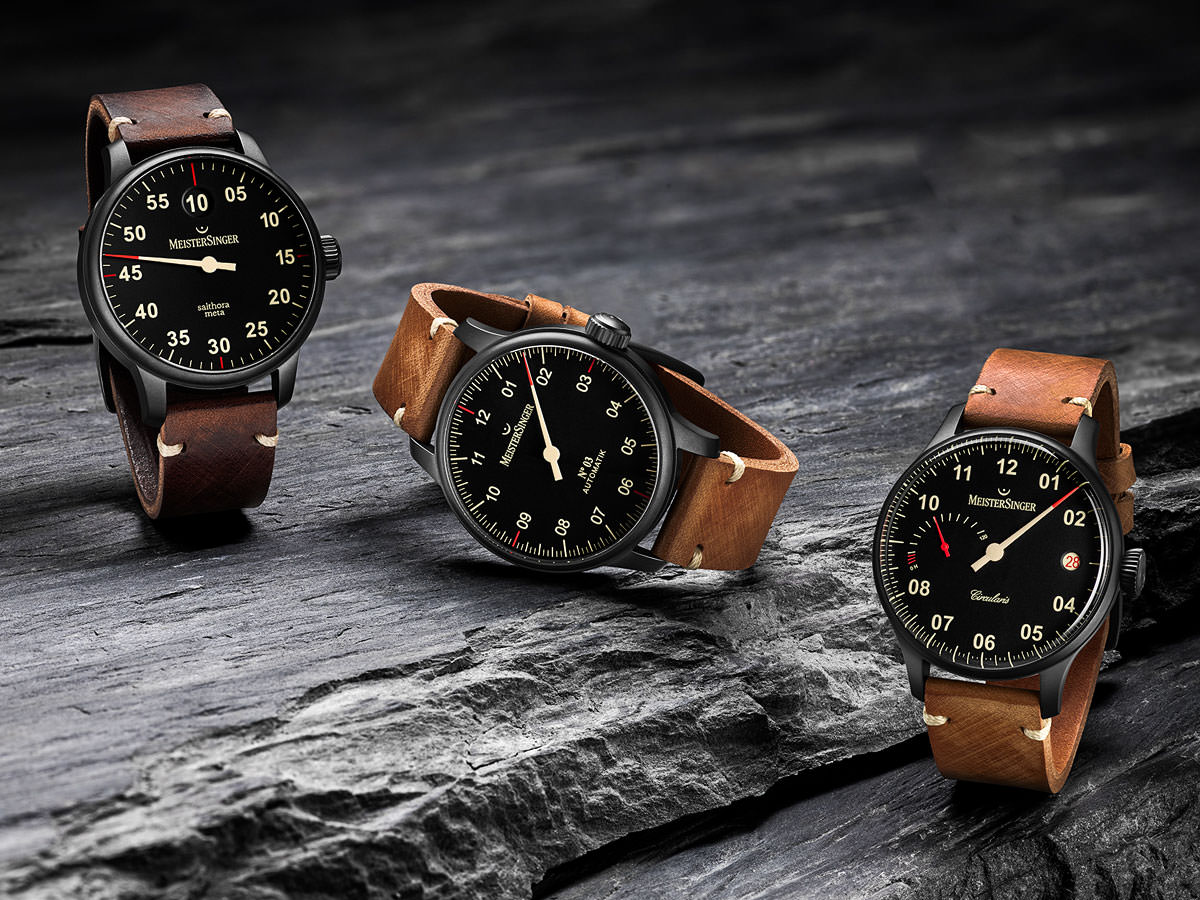
Even German watchmaker Meistersinger, introduced their new Black Line that included three of their staples – the Circularis, Salthora and No03 in DLC-treated steel. Raymond Weil’s new skeleton version of their Freelancer RW1212 also had a version in black PVD, while they introduced the Tango Marshall chronograph, inspired by Marshall audio amplifier systems, in black PVD-treated steel as well. Even Breitling couldn’t ignore the popularity of black steel when defining their new look, through the Navitimer 8 collection, including a DLC-treated option in their Navitimer 8 automatic, date version.
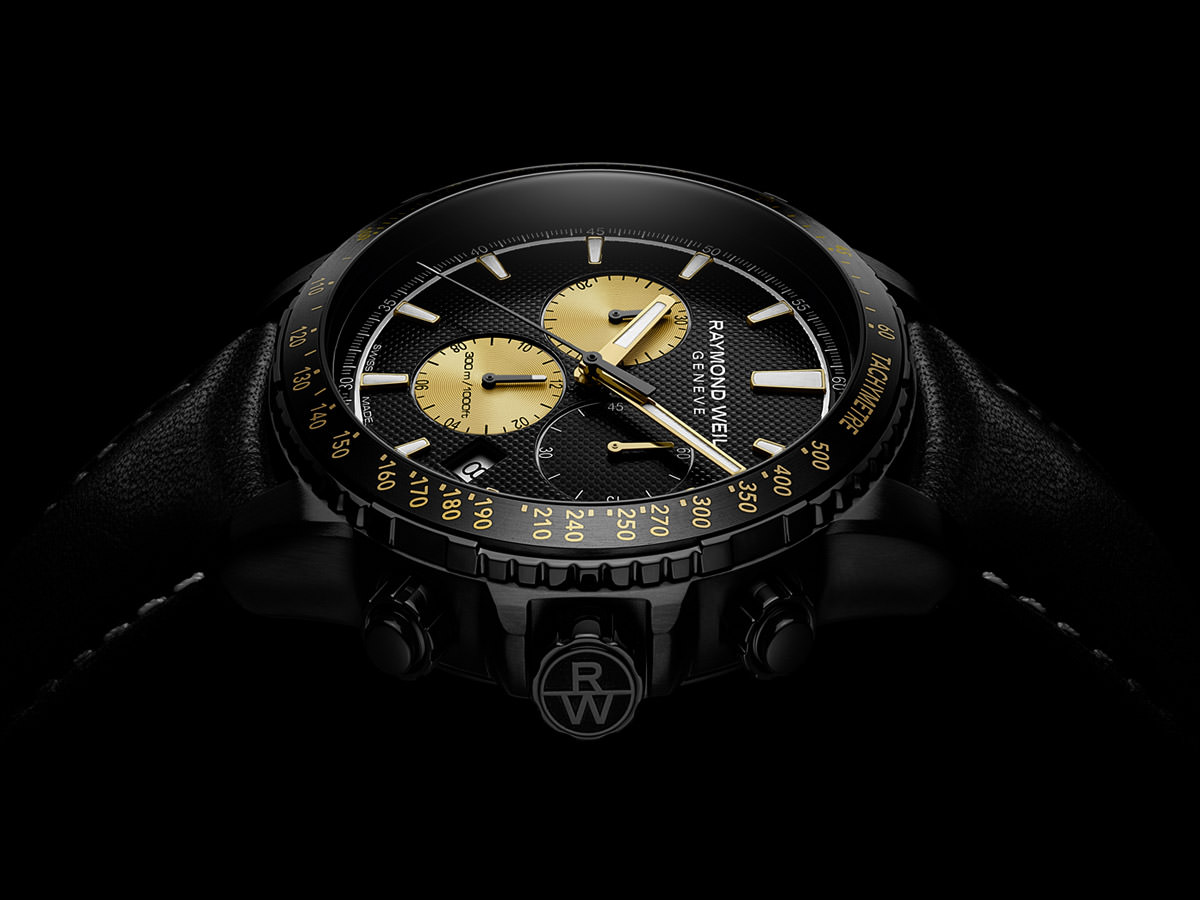
Lighter, Smaller, Thinner
The other metal that was treated for a darker look by some brands was titanium, most prominently used by Corum in their Admiral 45 Skeleton. This was probably not just because the full-colour versions of the Admiral 45 Skeleton are in titanium. Titanium is often a metal of choice for its lightweight properties. And more than a few brands seem to have gone an extra step to make watches that aren’t as heavy this year.
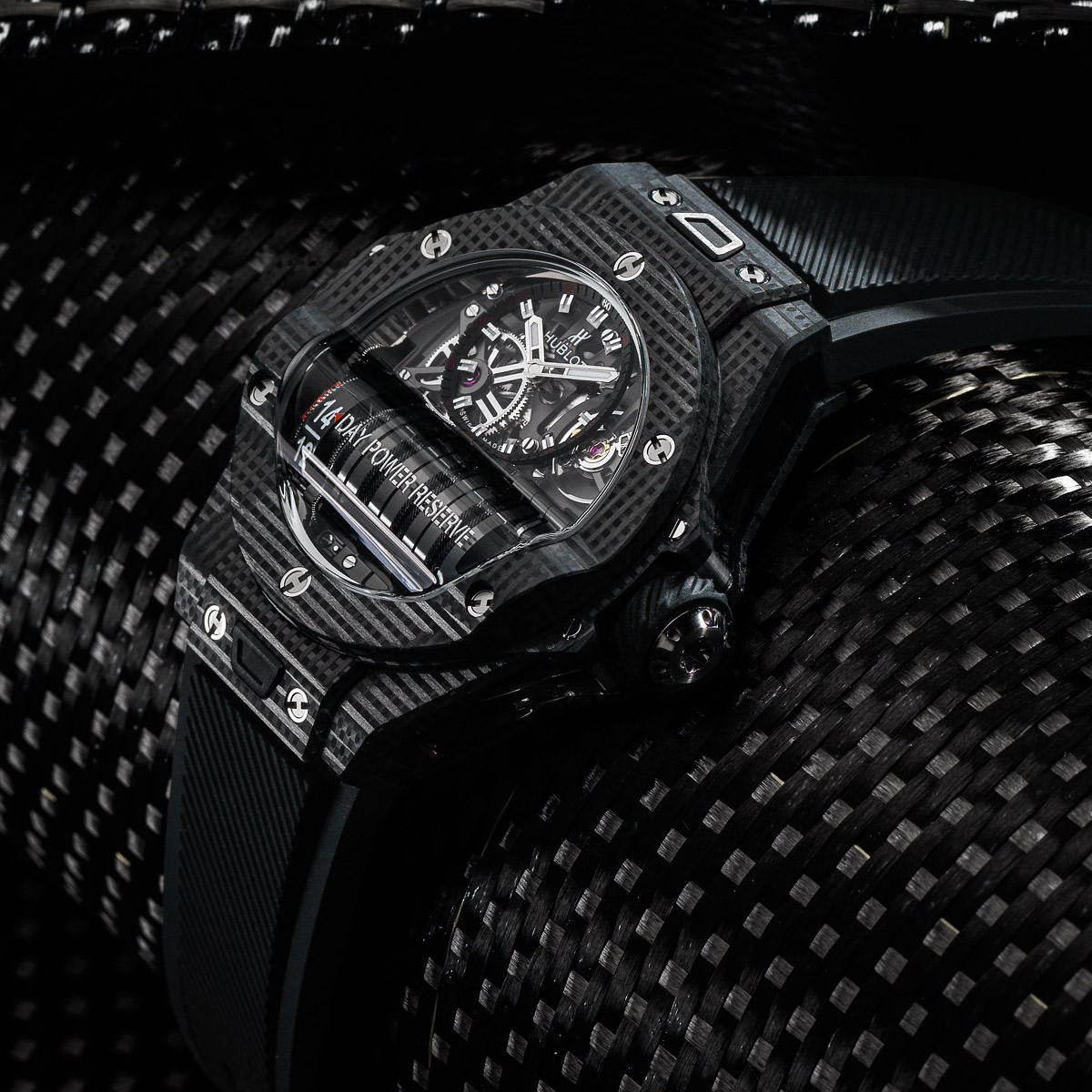

“A strong trend this year is definitely lightness,” said Guadalupe. “To make watches lighter, we’re seeing a lot of titanium and carbon fibre.” Hublot also revealed their new, complicated Big Bang MP-11, offering a 14-day power reserve, in carbon, which makes the bulky watch actually quite light. Another brand that significantly used carbon fibre for lightness was Graham, in their new Chronofighter Superlight watches, which even used carbon for the brand’s signature crown protector-cum-chronograph trigger. Rado, of course, used ultra-light ceramic in their HyperChrome watches, which weigh a mere 56g.
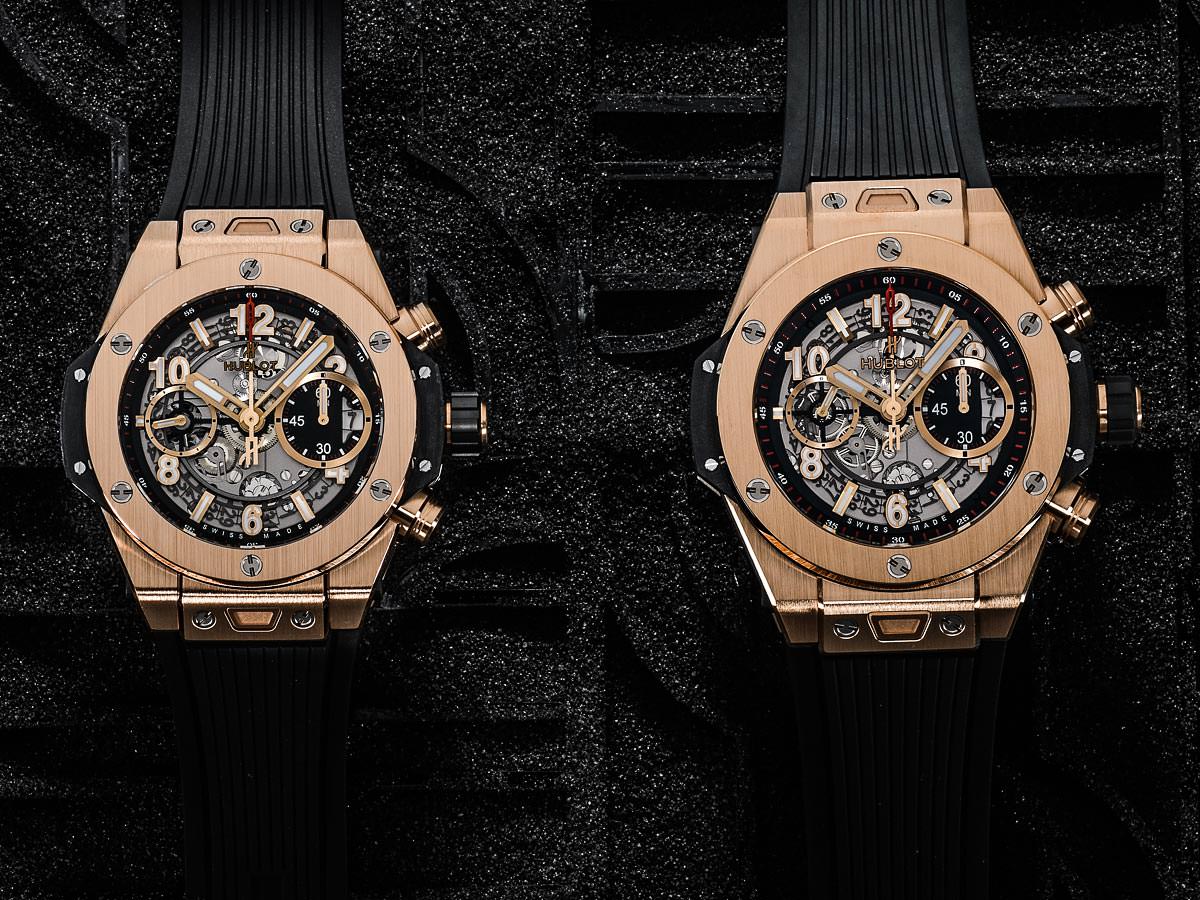
Another factor that makes watches is lighter is size. Just like we observed at SIHH, Baselworld 2018 also presented smaller case sizes. “Cases have become as small as 36 to 38mm,” said Ulrich W. Herzog, chairman of Oris. “Watches are being made in larger sizes mainly if their functions and mechanisms require more space.” Additionally, Manfred Brassler, founder and CEO of Meistersinger, said, “A 40mm size is increasingly becoming more popular.” This was significantly evident when a brand such as Hublot, whom you expect to see bigger watches from, brought down sizes in a prominent way. The new Big Bang Unico was released in its smallest size yet. At 42mm, it was 3mm down from its standard 45mm.
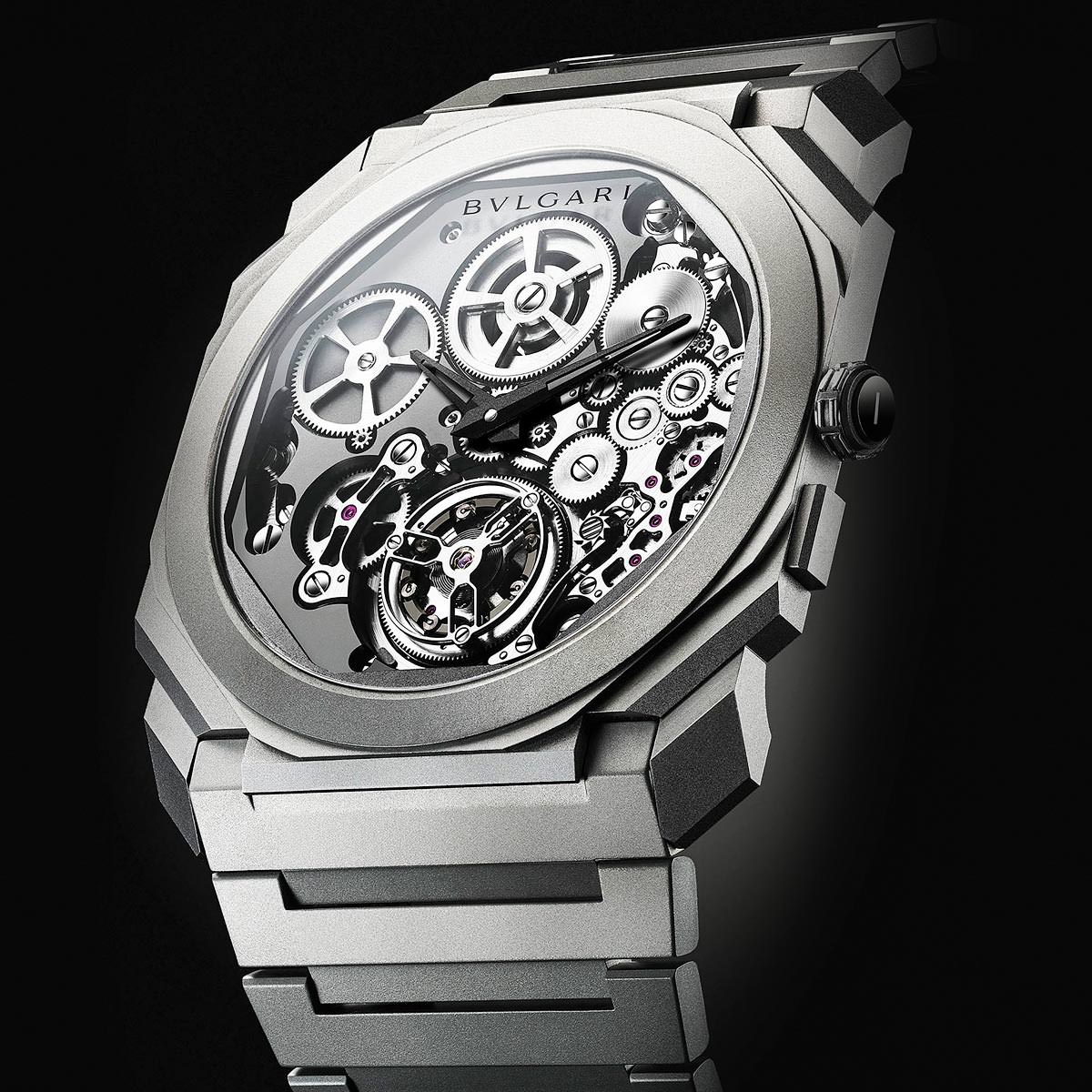
With smaller and lighter watches, there were also a few slim watches. Rado’s True ThinLine and Movado’s Ultra Slim make this statement with their names itself. However, one slim watch became a major conversation piece as it broke records. The Bulgari Octo Finissimo Tourbillon Automatic became the world’s thinnest automatic watch ever, at just 3.95mm thick, powered by the BVL 288 movement at a baffling thickness of just 1.95mm, offering a whopping 52-hour power reserve.
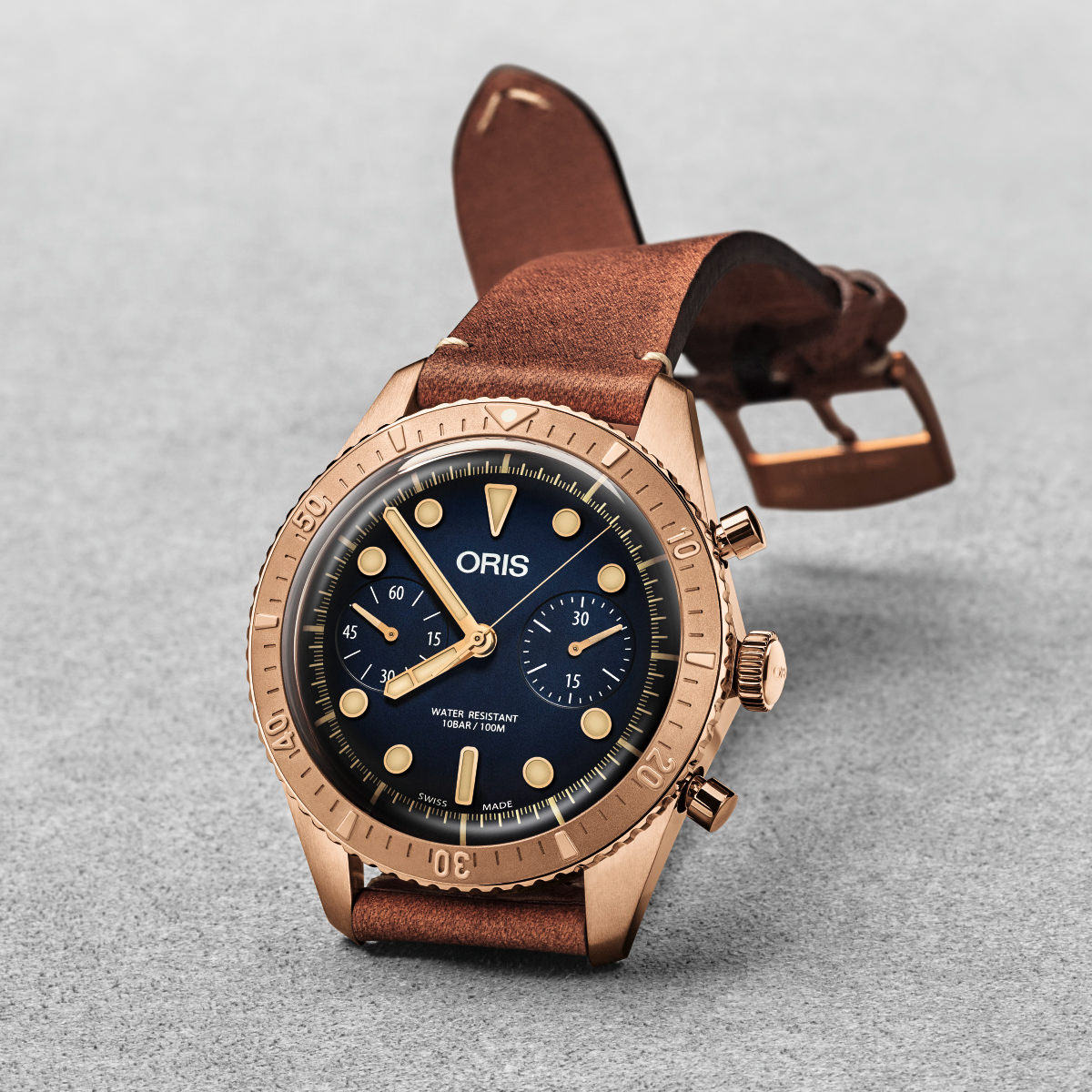
Among the other trends we saw this year, there was the growing popularity of bronze. Corum gave us an Admiral watch in bronze last year, and this year, it was Oris presenting more than one timepiece in bronze. The Carl Brashear and Big Crown Pointer Date were in bronze cases, while bronze elements were even introduced in the Oris Diver’s Sixty-Five this time. Milanese or mesh bracelets also proved to be increasingly popular. While Corum presented their first Bubble 47 Tourbillon watch with a mesh bracelet, Carl F. Bucherer came out with a new Adamavi with the Milanese style.
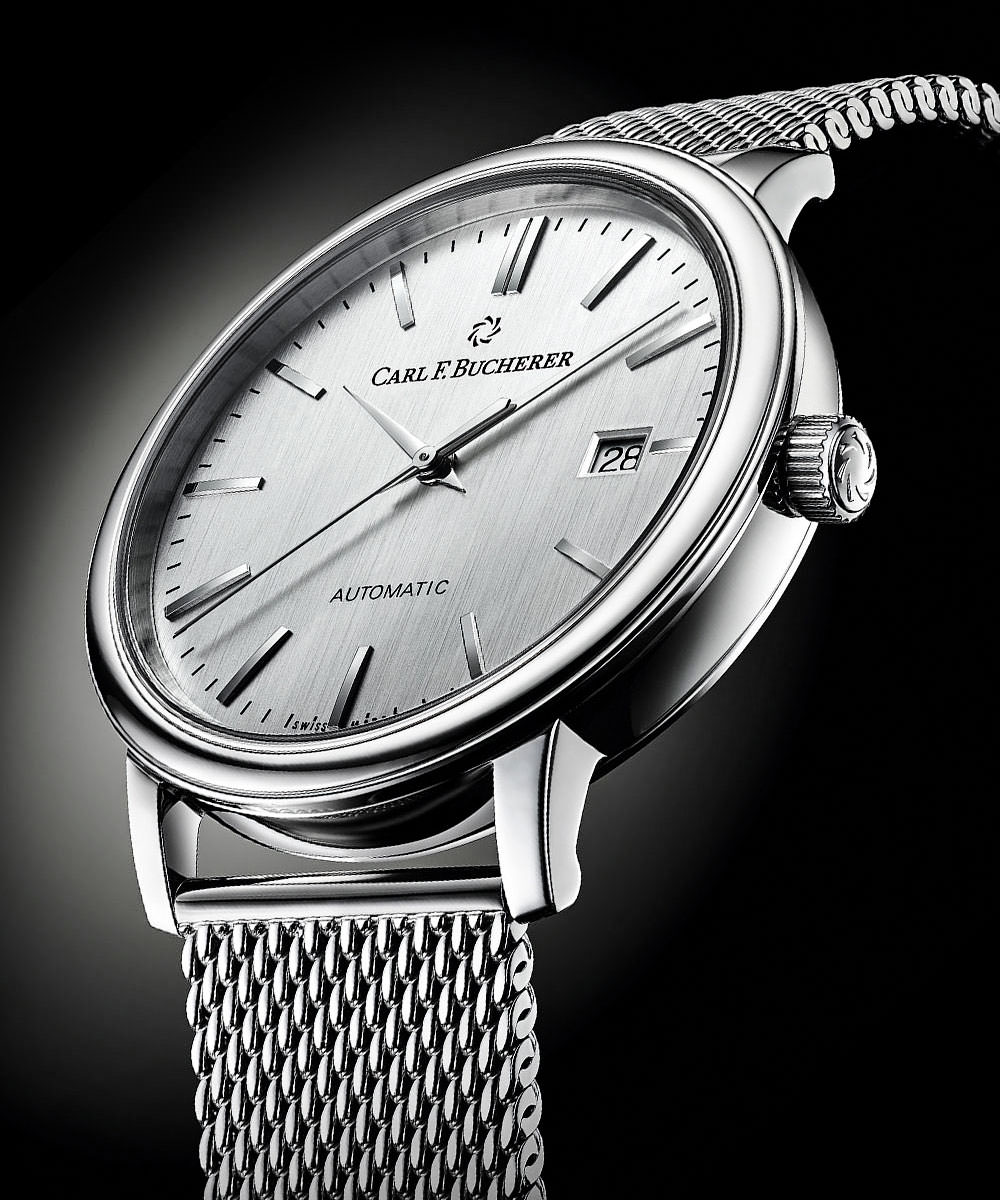
New straps, smaller sizes, developments in materials, and a general self-consciousness among the brands were the biggest outcomes of Baselworld 2018. Not only was it essential for brands to be aware of what they were offering, they also had to ensure that it made sense, from a price point of view. “Bringing out the most complicated watch isn’t always the answer when developing new products,” Oris’ Herzog said. “And people are realising that their watches have to make more sense.”
TAG Heuer, for instance, is now making two watches for every major inspiration or collaboration – one for the higher-end consumer, and the other more affordable, like the Monaco and Formula 1 versions of the Gulf watches, or the Carrera and Formula 1 versions of the Aston Martin watches. This will ensure that even special editions are worn by a larger number of people. Let’s not forget that watches are as much about an emotional connection and passion for the craft, as they are about technical innovation. Even though they present industry ‘trends’, mechanical watches are built to truly stand the test of time and can be passed down from generation to generation, unlike electronic gadgets.
Which trends will you be sporting on your wrist this year? Do scroll down and tell us in the comments section below.
To pre-order any watch featured above, please call +91 8725028890







Wow!! that is an informative article.